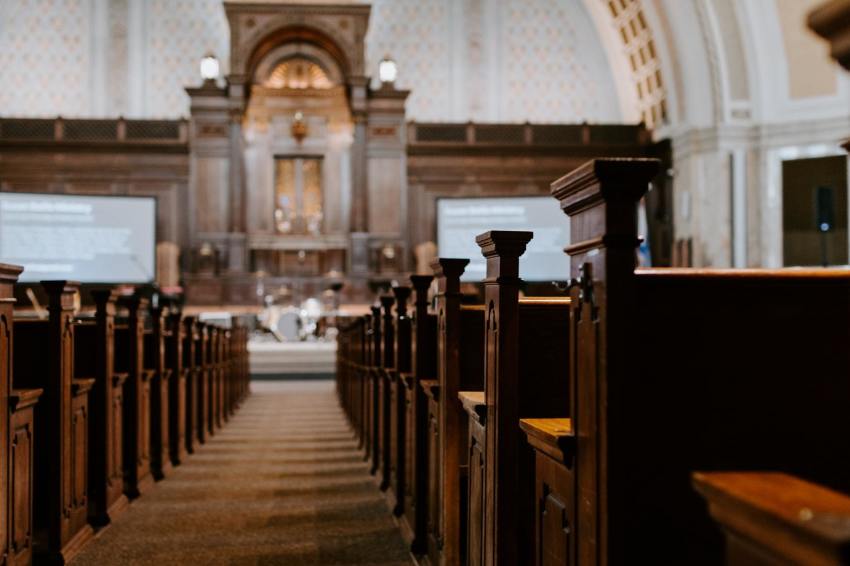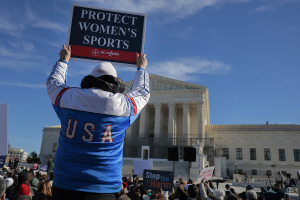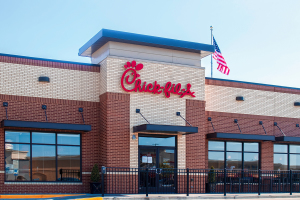Most Protestant churches open for services, but congregants slow in returning: study

A majority of Protestant churches are now open for in-person services, but foot traffic has been slow to return to the pews, particularly for black churches, a new survey from Lifeway Research shows.
The survey of 1,000 Protestant pastors conducted Sept. 1-29 shows that some 98% of all Protestant churches are now open for in-person worship services, nearly matching pre-pandemic levels.
Still, data on in-person church attendance looks very little like it did pre-pandemic. Compared to figures from January 2020, the survey showed that as of August, 13% of churches were attracting less than 50% of their pre-COVID-19 attendance. Some 35% of pastors reported attendance levels between 50% and 70% for the period, while another 30% reported attendance levels between 70% and 90%.
About one in eight of all churches said they were at attendance levels of between 90% and 100%, while 9% said they had more people in August than they did prior to the pandemic.
“Many pastors and church leaders are anxious for the whole congregation to gather physically together,” Scott McConnell, executive director of Lifeway Research, said in a statement. “Worship attendance is improving, but there is still a large gap between today’s in-person attendance and pre-COVID levels.”
When it comes to a breakdown of congregations by race, the survey showed that black pastors were 12.5 times more likely than white pastors to say that their in-person attendance is less than 30% what it was before the pandemic, showing that a revival in in-person church attendance is being impacted by a variety of factors.
“Every church’s path has been different during the pandemic, and each stage of resuming specific aspects of ministry is significant,” McConnell said.As the coronavirus pandemic ravaged the country in the early months, black and brown communities were disproportionately impacted. Data released by New York City, for example, showed how the coronavirus killed black and Latino people at twice the rate it killed white people. Nationwide data reflected a similar trend. This disparity could explain the slower return of black congregants to in-person services.
Some 73% of pastors in the survey said their in-person attendance levels in August was fewer than 100 people, with 40% of that group reporting less than 50 people attending services each weekend. Less than 6% of pastors reported reaching in-person church attendance levels of 250 or more.
While most small churches are still working to achieve their pre-pandemic attendance levels, the survey showed that smaller churches appeared to have an advantage in recovering in-person worshipers over larger churches, perhaps due to factors like having a smaller crowd when some people are still worried about the pandemic.
“Most small churches are still not back to pre-pandemic attendance, but far more of them are reaching this point than larger churches,” McConnell said. “It’s possible small churches are aided by perceived safety of a naturally smaller gathering, differences in technology options for gathering online, or the strength of relational connections. But regardless of the reasons why, in-person worship attendance trends currently look promising for small churches.”



























